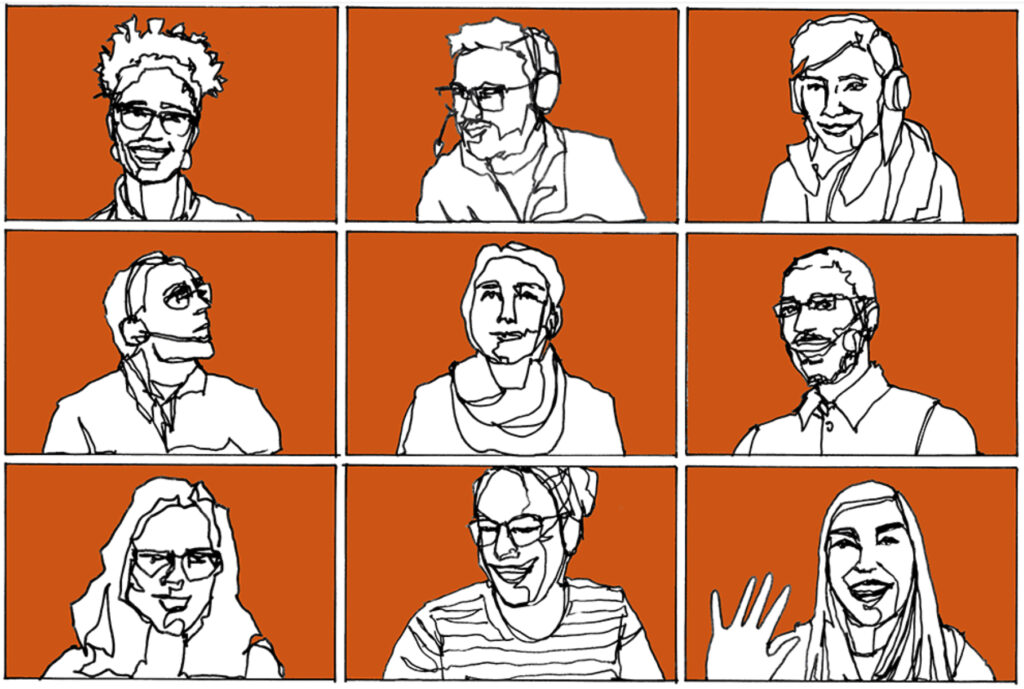The call to climate action has been sonorous to say the least, but sometimes doesn’t penetrate as deeply into the client ideation process as it should. Norfolk-based Hanbury created a digital series called “Resilience in Practice” this year on connecting values with action. What began as a multi-month Hanbury study about campus planning became a frank Zoom dialogue between the firm and its higher education clients about the different physical scales of resilience, space design, and focusing on the end user’s quality of life.

The three published Resilience in Practice installments, “1.0,” “1.1,” and “1.2,” advance the firm’s tripartite definition of resilience to include environmental, fiscal, and community health goals. If this sounds familiar, it should be. They mirror the “triple bottom line” strategy of planet, profit, and people that corporations have been touting for decades, and collecting and reporting triple bottom line (or TBL) metrics are now common practices. But, Hanbury’s contribution to the discussion is novel for its commitment to interpreting TBL as a resilience framework for the benefit of its clients — particularly their higher education clients.
“How do you create an environment for an institution to navigate sea level rise, pandemics, or other threats? That’s really what this is about, and since asking that question, we’ve also enhanced that focus to think about the scale of the neighborhood, too, especially in our firm’s part of Virginia,” says David Keith, FAIA, a design principal and the CEO of Hanbury, which he joined in 2017 as President after more than 15 years in leadership positions at Clark Nexsen. “Community resiliency,” he adds, “is just as vital as environmental and institutional resiliency.”
If you follow the intended sequence from 1.0 to 1.2, Resilience in Practice chronicles the process of discovery that informs the process of design especially, as firm leaders point out, if the end product will be a viable campus in 40 or 50 years. The first, 1.0, outlines why this long-view approach to discovery and design is important, and the unique challenges of three small, private liberal arts colleges: Carthage College in Wisconsin, Middlebury College in Vermont, and Sewanee in Tennessee. The second, 1.1, documents the goals that 1.0 participants came up with for each school. The third, 1.2, chronicles the questions that each school will investigate in the coming months based on their level-setting and goal-setting exercises about the role of the college campus and the process of earning a degree will look like in 10 or 20 years.
“On higher ed projects and with higher ed clients, this approach really resonates,” says Keith, who reports that it has also fueled the discovery processes for projects in other parts of Hanbury’s portfolio. “We’ve diversified over the last five years by focusing on technology and life sciences projects, which has a strong relationship to campus planning within our higher ed work.”
“The quality of workspace and quality of life issues extend to the impact design has on communities, as a whole, which is important to us, especially where we have offices,” he says. “All of the architects in our firm, young and old, find that focus really rewarding, and so it’s been a productive area for us professionally and culturally.”
About the author
William Richards is a writer and editorial consultant based in Washington, D.C. From 2007 to 2011, he was the Editor-in-Chief of Inform Magazine.
